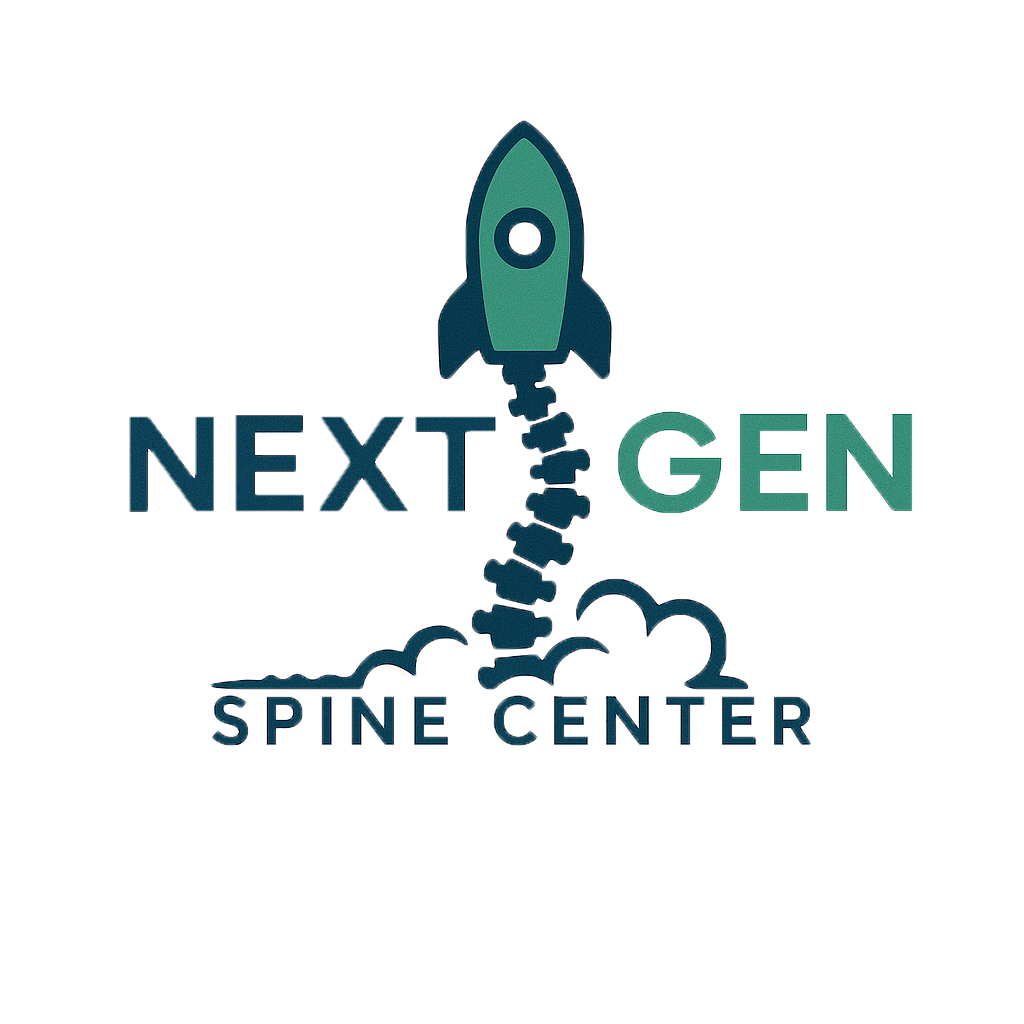What are Bulging Discs?
A bulging disc occurs when one of the discs between the vertebrae of the spine extends beyond its normal boundary. Unlike a herniated disc, where the disc’s inner gel leaks out, a bulging disc involves the disc protruding outward but remaining intact. Bulging discs can press on spinal nerves, leading to pain, numbness, or weakness.
Types of Bulging Discs
–Cervical Bulging Disc: Located in the neck region, can cause neck pain and radiating symptoms into the arms.
Thoracic Bulging Disc: Occurs in the upper and mid-back, less common but may cause pain around the ribs or torso.
Lumbar Bulging Disc: Most common; occurs in the lower back and can compress nerves leading to sciatica symptoms.
Causes
Bulging discs may result from:
– Age-related degeneration of the spinal discs
– Repetitive stress and overuse
– Poor posture over time
– Spinal injuries or trauma
– Lifting heavy objects improperly
– Genetic predisposition to disc issues
Symptoms
Symptoms vary depending on the disc’s location and severity:
– Localized back or neck pain
– Radiating pain into the arms or legs
– Numbness or tingling sensations
– Muscle weakness
– Difficulty with certain movements or positions
Diagnosis
To diagnose a bulging disc, a healthcare provider may use:
– Physical Examination: Evaluating reflexes, muscle strength, and sensation.
– MRI Scan: Provides detailed images of discs and nerves.
– CT Scan: Useful for visualizing bone and soft tissues.
– X-rays: Help rule out other spinal problems.
– Nerve Studies: Determine if nerve compression is present.
Conservative Treatment
Most bulging discs improve without surgery. Treatments may include:
– Nonsteroidal Anti-Inflammatory Drugs (NSAIDs) for pain relief.
– Physical therapy exercises to strengthen and stabilize the spine.
– Epidural steroid injections to reduce inflammation.
– Activity modification and ergonomic adjustments.
– Heat and ice therapy.
Surgical Treatment
Surgery may be considered when symptoms persist or worsen despite conservative care:
– Discectomy: Removal of the protruding disc portion.
– Laminectomy: Removal of part of the vertebra to relieve pressure.
Frequently Asked Questions
Q: Is a bulging disc the same as a herniated disc?
A: No. A bulging disc extends outward but remains intact, while a herniated disc involves the inner material leaking out.
Q: Can a bulging disc heal on its own?
A: Yes, many improve over time with conservative treatment.
Q: When should I consider surgery?
A: If you experience severe pain, weakness, or loss of bladder/bowel control, consult a spine specialist immediately.
Q: What exercises can help?
A: A physical therapist can guide you through core strengthening and stretching exercises appropriate for your condition.
